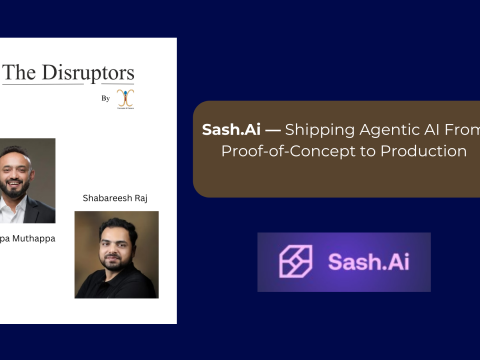- Have any questions?
- [email protected]
Best Practices in Prompt Engineering

The Science of Self-Awareness: Understanding Your Brain
November 1, 2023
Discovering Your Strengths: A Guide to Self-Assessment
November 3, 2023Welcome back to our journey through the fascinating world of prompt engineering. In the previous blogs, we covered the basics, explored crafting effective prompts, and delved into the types of prompts. Now, it’s time to elevate your prompt engineering skills to the next level by focusing on best practices.
The Art and Science of Prompt Engineering
Prompt engineering is both an art and a science. Crafting effective prompts requires a deep understanding of how AI models interpret and respond to your instructions. To help you navigate this landscape, we’ve gathered some best practices that will make your journey in prompt engineering more successful.
1. Clarity and Simplicity
A well-structured prompt is clear and straightforward. Avoid ambiguity and complexity in your instructions. Think about the AI model’s perspective; it should be able to comprehend your request without any confusion.
2. Specify the Format
When you need output in a specific format or style, make it explicit in your prompt. For example, if you’re asking for a summary, you can specify whether it should be in bullet points, paragraphs, or any other format that suits your needs.
3. Be Specific About Inputs
If your prompt involves data input or specific details, provide them in a structured manner. For example, if you’re seeking a data analysis, clearly present the dataset and the context to ensure accurate results.
4. Use Multiple Prompts
Sometimes, complex tasks benefit from breaking them down into smaller, more focused prompts. Don’t hesitate to use multiple prompts to guide the AI model through a multi-step process.
5. Maintain a Feedback Loop
If you’re using multi-turn prompts, consider maintaining a feedback loop with the AI model. Provide feedback on the responses to guide it toward the desired outcome. A feedback mechanism can help fine-tune the results.
6. Ethical Considerations
With great power comes great responsibility. Be mindful of the ethical implications of your prompts. Avoid using AI to generate harmful, biased, or unethical content. Ensure that your instructions align with ethical standards.
7. Iterate and Experiment
Prompt engineering is as much about experimentation as it is about precision. Don’t be afraid to iterate and experiment with different prompts. Try various approaches to find the one that works best for your specific needs.
Real-World Applications
Best practices in prompt engineering aren’t just theoretical; they have real-world applications that span various industries. Here are a few examples:
1. Content Generation
In the content creation industry, prompt engineering is a game-changer. Writers and content creators can use well-crafted prompts to generate articles, blog posts, and social media content efficiently.
2. Data Analysis
Data scientists and analysts rely on prompt engineering to extract insights from complex datasets. Clear, specific prompts guide AI models in data interpretation, analysis, and visualization.
3. Customer Support
AI-powered chatbots use prompt engineering to provide customer support. Companies can create prompts that help the AI model assist customers with inquiries and issues effectively.
Best practices in prompt engineering are essential to achieving outstanding results when working with AI models. By following these guidelines, you can enhance the clarity, precision, and effectiveness of your prompts, whether you’re in content generation, data analysis, customer support, or any other field.
In the next blog, we’ll address common challenges in prompt design and how to overcome them. Stay tuned, and keep honing your prompt engineering skills to harness the full potential of AI.





